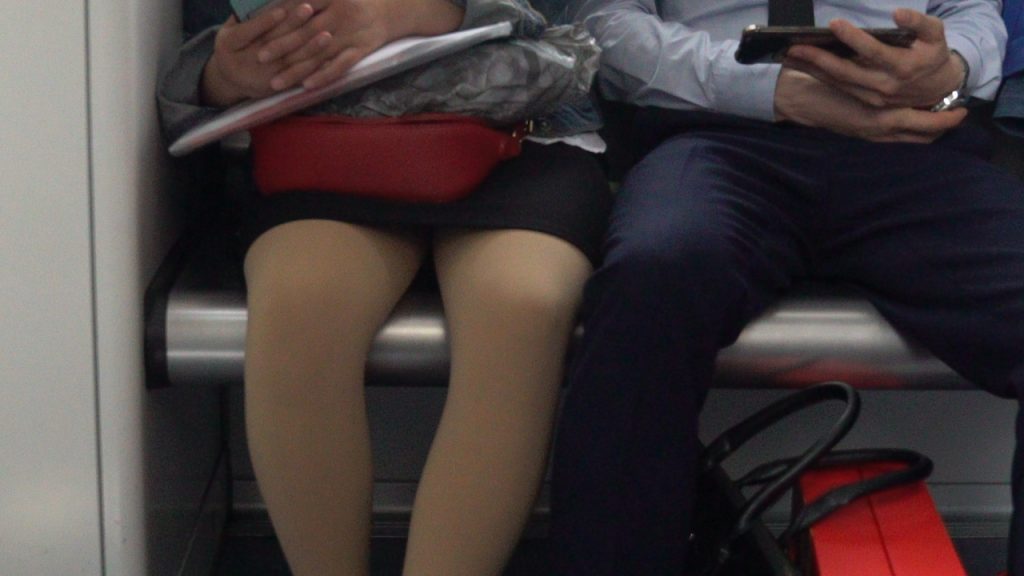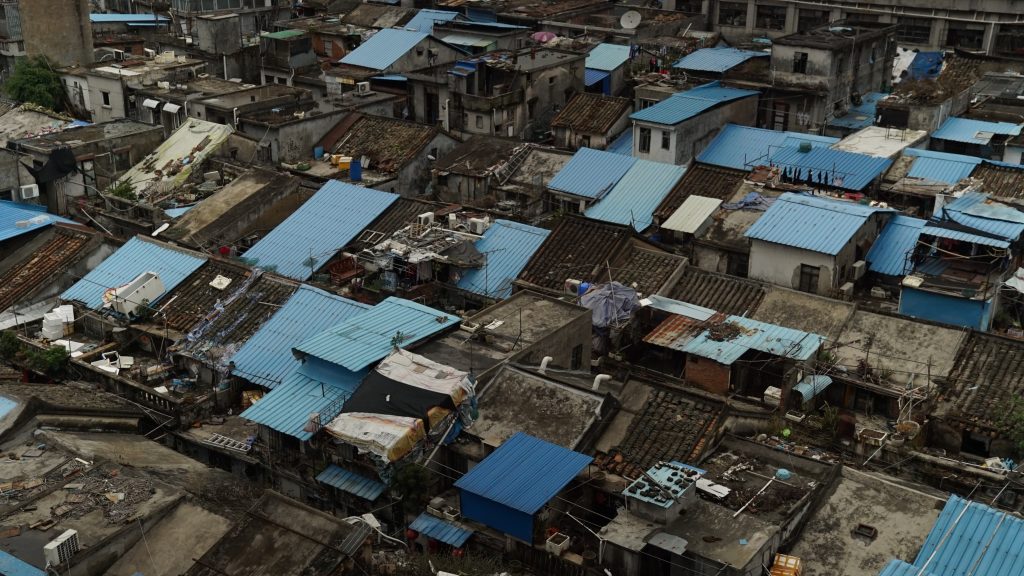
The closure of the once bustling Hubei Old village, is particularly significant as it intersects upon a number of important sociological issues. For one, the urban village is considered to be one of the first settlements of Shenzhen as established 500 years ago by one of 3 Cheung brothers, who are widely perceived to be the original founders of Shenzhen. This therefore marks the site as a place of ideological and historical value. Secondly, the forced evictions of the village residents and their lack of tenant rights show only one element to the human costs of this redevelopment project. By removing cheap accommodation, affordable services and amenities across the city, the service class are out-priced and given no option but to move elsewhere.
The minimisation of a low-income population coincides with the new AI reality of Shenzhen, as jobs originally facilitated by low-income workers are now in the process of being replaced by AI. Machines can cook, serve food and make coffees to order, and factories, operate with machines which can work 24hrs without pay or fatigue, efficiently, replacing the teams of people who used to perform the same tasks before. Undeniably, the low-income population was vital to making Shenzhen the success story that it is today, evidently, the economical advancements of China would not have been possible without the many years of dedicated continuous physical labor from which its people performed. And whilst the media has rallied around the evictees to support their cause including state-backed newspaper Shenzhen Daily, the reports have not prevented the closure of these urban villages which are essential to housing these workers. Migrant workers such as those in Hubei Old Village, are evicted from their properties and as they close down their businesses and move out of their homes, a generation of migrants are cut off from the livelihoods and communities which some have spent decades to build. ‘Eviction in Shenzhen’, shot over the course of this period, records the sociological make-up of the village and ancient architecture of the site to document it before it rapidly disappears.
